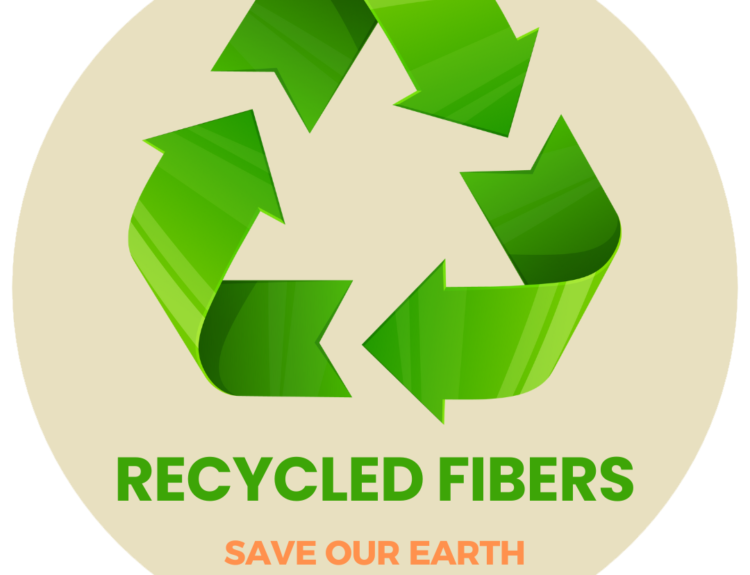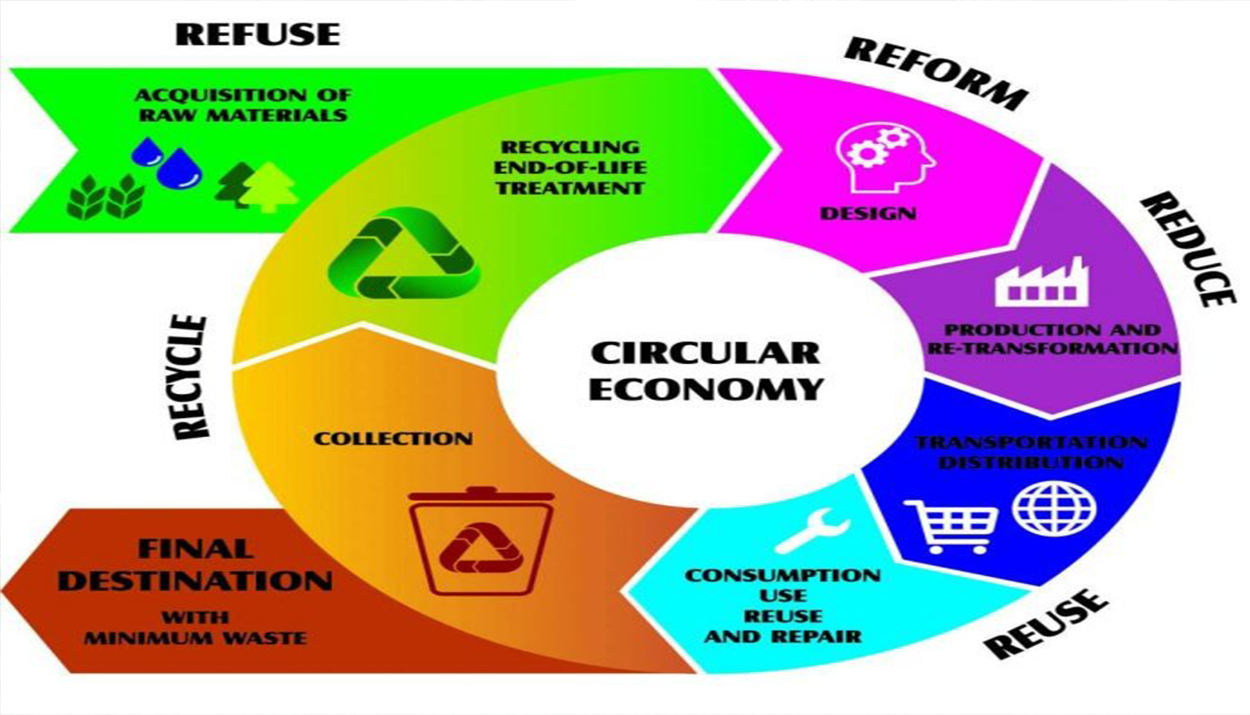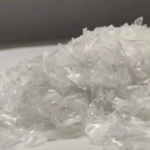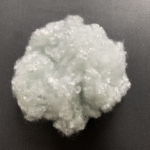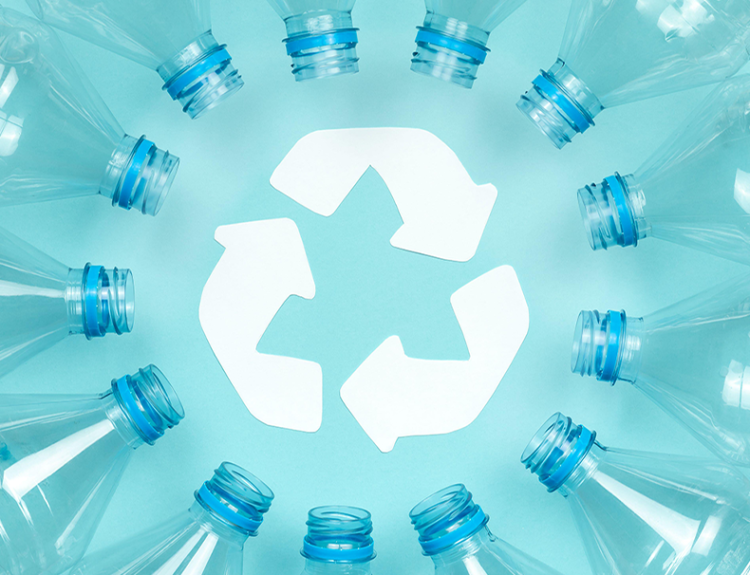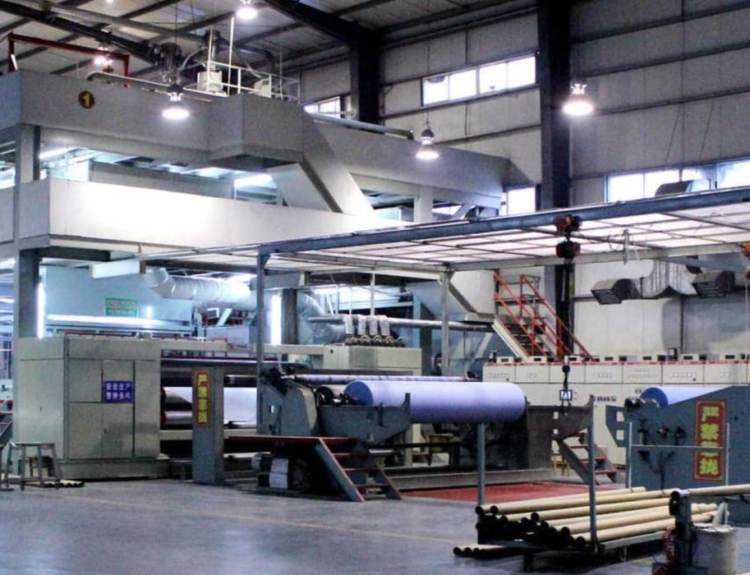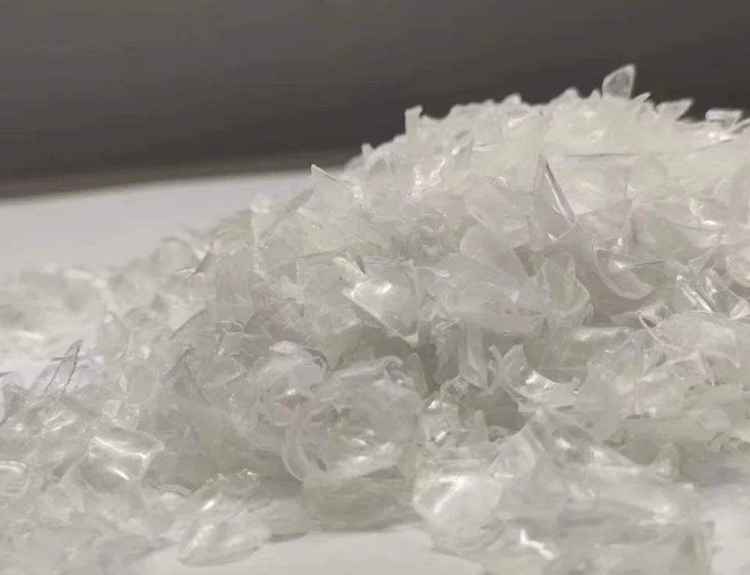VGP – Deputy Prime Minister Le Minh Khai has signed a Decision approving the circular economy development plan in Viet Nam. In the global quest for a sustainable future, the circular economy has emerged as a beacon of hope, offering a transformative approach to resource management, waste reduction, and environmental stewardship. The Circular Economy Development Plan stands at the forefront of this movement, outlining a strategic roadmap to reshape the way societies produce, consume, and recycle. Let’s delve into the intricacies of this visionary plan and its implications for a regenerative and sustainable world.
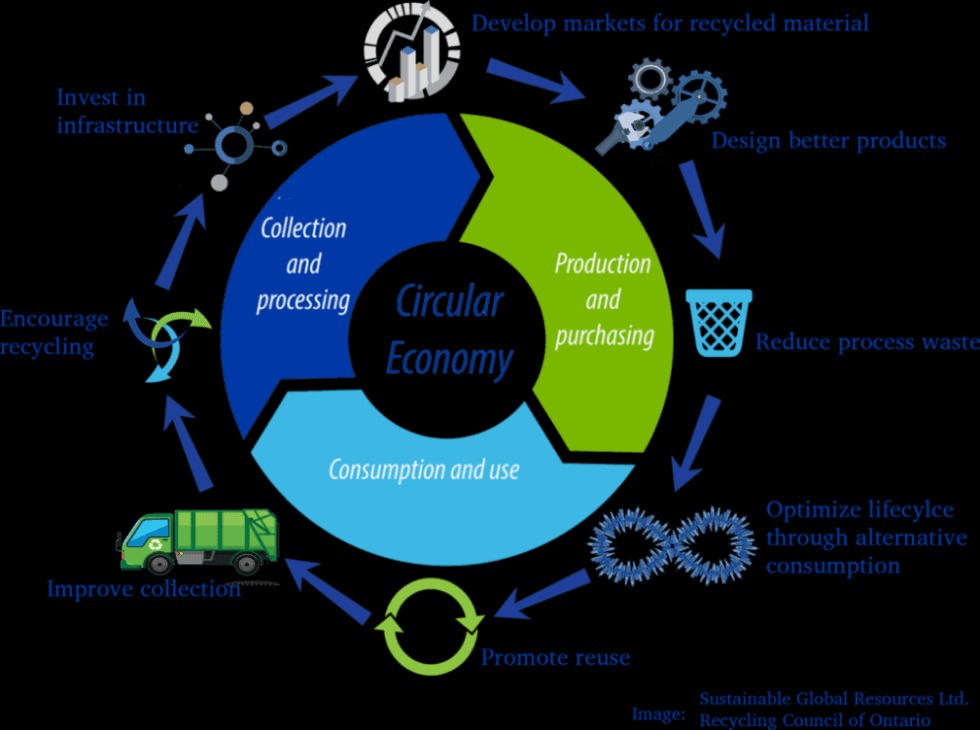
Circular economy development plan in Viet Nam
Accordingly, the plan aims to decrease the intensity of greenhouse gas emissions per GDP by at least 15 percent compared to that of 2014, contributing to achieve the goal of net-zero emissions by 2050.
It targets to increase the awareness and investment of domestic and foreign enterprises and investors in circular economy.
By 2025, circular economy projects are expected to contribute to recovering renewable resources, reducing energy consumption as well as increasing the proportion of renewable energy, rate of forest coverage and waste recycling.
In addition, the plan sets goal to reuse, recycle and treat 85 percent of plastic waste and reduce 50 percent of plastic waste in the sea and ocean.
By 2030, circular economy models will help raise the rate of urban solid waste collection and treatment to 50 percent recycle 100 percent of organic waste in the urban areas and 70 percent of organic waste in the rural areas.
According to a recent World Bank survey, plastic items accounted for 94 percent of all solid waste collected at 38 riverbank and coastal sites around the country, the majority of which were single-use plastics.
Applying circular economy practices helps to minimize waste, drive greater resource productivity, address resource security/scarcity issues and supports a more competitive economy for Viet Nam.
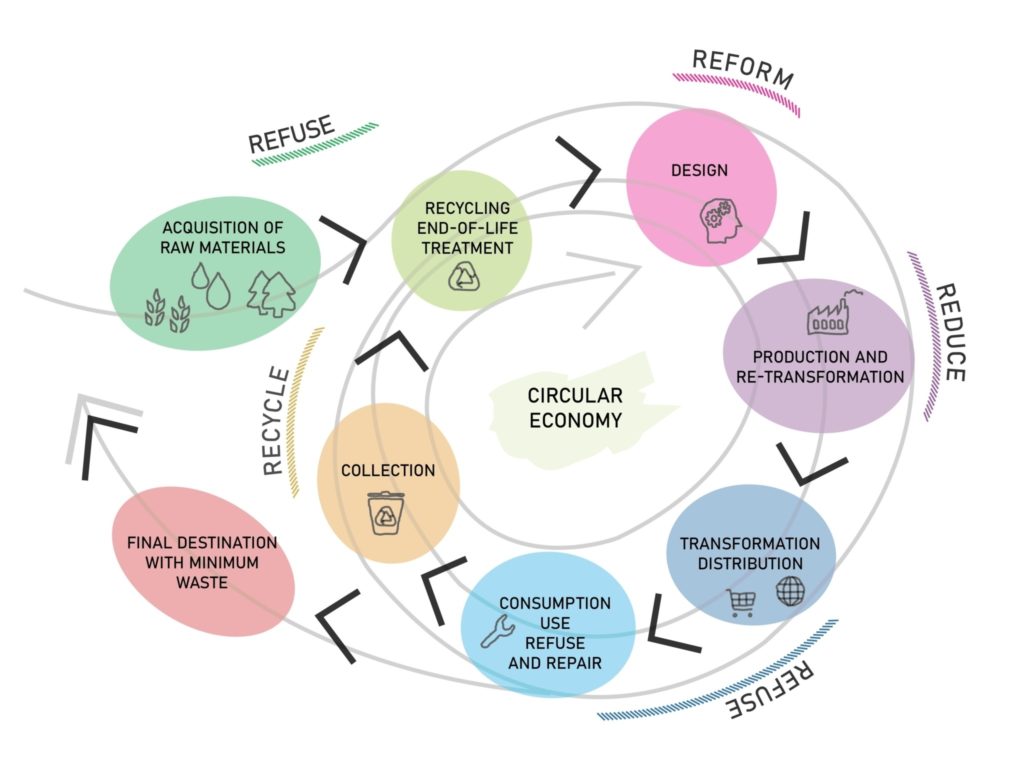
1. Defining the Circular Economy:
- A Paradigm Shift: The circular economy stands in stark contrast to the traditional linear model of “take, make, dispose.” It envisions a closed-loop system where resources are used efficiently, products are designed for longevity and recyclability, and waste is minimized through reuse and recycling.
2. The Circular Economy Development Plan:
National and Organizational Initiatives: Countries, regions, and organizations around the world are formulating Circular Economy Development Plans as strategic frameworks to guide their transition toward circularity. These plans encapsulate a range of policies, initiatives, and actions aimed at fostering sustainable practices.
Long-Term Vision: The development plan is more than a short-term strategy; it embodies a long-term vision for sustainable economic growth that considers environmental, social, and economic dimensions. It outlines clear objectives and milestones to be achieved over specified timelines.
3. Circular Economy Key Components of the Plan:
Resource Efficiency: One of the central tenets is optimizing resource use. This involves promoting the efficient use of raw materials, reducing waste generation, and minimizing environmental impact throughout the product life cycle.
Product Design for Circularity: Encouraging product design that prioritizes durability, reparability, and recyclability is integral to the plan. By fostering circular design principles, products can be kept in use for longer periods, reducing the need for constant production of new items.
Waste Reduction and Recycling: Efforts to enhance waste management and recycling infrastructure play a crucial role. This includes investing in advanced recycling technologies, improving waste collection systems, and incentivizing the use of recycled materials in manufacturing.
Consumer Awareness and Behavior: Engaging consumers in the circular economy journey is emphasized. Education campaigns, incentives for sustainable choices, and transparent labeling contribute to informed consumer decisions that align with circular principles.
4. Sectoral Integration:
Cross-Industry Collaboration: The plan fosters collaboration across industries, encouraging sectors to work together in achieving circularity. This cross-industry integration seeks innovative solutions and shared best practices for a collective impact.
Innovation and Technology: Embracing technological advancements and fostering innovation are key components. This includes the development of new materials, sustainable technologies, and digital solutions that enhance circular practices.
5. Global Perspectives and Commitments:
International Collaboration: Recognizing the global nature of environmental challenges, many countries are engaging in international collaborations to advance the circular economy. This involves sharing knowledge, best practices, and supporting joint initiatives that transcend national borders.
Corporate Commitments: Businesses are increasingly aligning their strategies with circular principles. Corporate commitments to sustainability, circular product life cycles, and responsible supply chain management contribute to the broader goals outlined in the development plan.
6. Challenges and Opportunities:
Overcoming Hurdles: Implementing a Circular Economy Development Plan is not without challenges. Overcoming resistance to change, addressing infrastructure gaps, and navigating economic transitions require concerted efforts. However, these challenges present opportunities for innovation, job creation, and economic resilience.
Economic and Environmental Benefits: The plan aims to deliver a range of benefits, including job creation in sustainable industries, reduced environmental impact, enhanced resource security, and a more resilient and adaptive economy.
7. Measuring Progress:
- Metrics and Indicators: To assess the effectiveness of the Circular Economy Development Plan, clear metrics and indicators are established. These may include measurements of resource efficiency, waste reduction rates, increased use of recycled materials, and positive shifts in consumer behavior.
Conclusion: A Blueprint for Resilient Futures
The Circular Economy Development Plan embodies a transformative vision for a world where economic prosperity coexists with environmental and social well-being. As nations, businesses, and communities adopt and implement these strategic frameworks, they contribute to a global movement that seeks to redefine our relationship with resources and waste. The plan not only serves as a blueprint for resilient futures but also as a testament to the collaborative effort needed to usher in a sustainable era where circularity is not just a goal but a way of life.
About POLYESTER FIBERS
POLYESTER FIBERS We partner with numerous factories and manufacturers in Viet Nam and other Asian countries.We supply various and different polyester staple fiber such as hollow conjugate siliconized and non-siliconized, hollow non conjugated fiber, hollow slick fiber, black solid fiber, brown fiber, green fiber, filling fiber, polyester fiber, recycled polyester fiber, spinning fiber. All are GRS and OEKO TEX certified.
Our polyester staple fiber is used as raw material for the production of several industrial applications such as polyester pillow filling, stuffed toys, cushion, comforters, sofa, mattress, bedding sheet, quiltings, wadding, padding, non-wovens, geotextile, automotive, abrasive products for domestic and industrial use, yarn for textile flooring (carpets and moquette), shoes, special filters and much more.
Our recycled Polyester Staple Fiber is of good quality and competitive price, which is used in the application of filling polyester pillows, mattress, cushions, quilting, comforters, padding, wadding, stuffed toys, carpets, felts, automotive nonwoven industry and home textiles.
We are well-known for our excellent customer service and we would like to have long-term business cooperation with customers from all over the world.
Please contact us for long-term cooperation!
Mr. HARRY
Website: vietnamrecycledfiber.com
Youtube: Vietnam Recycled Polyester Fiber

